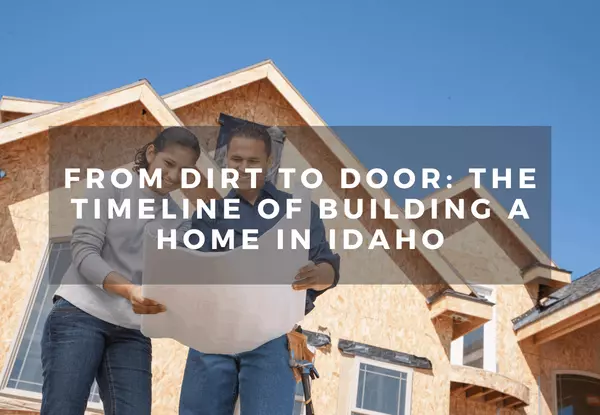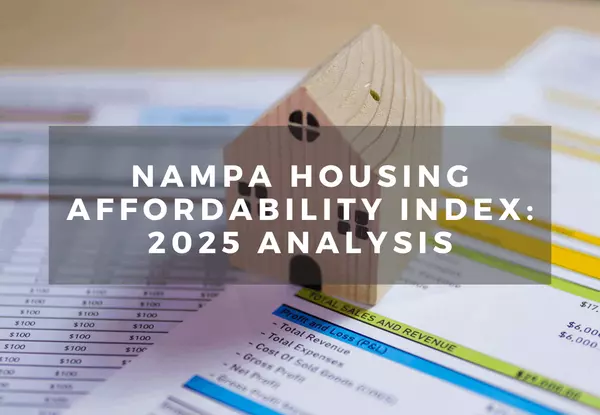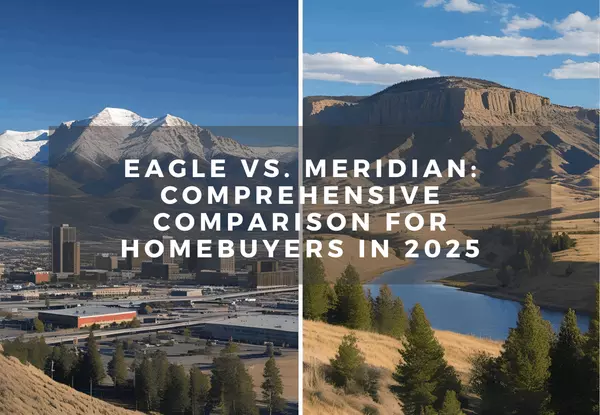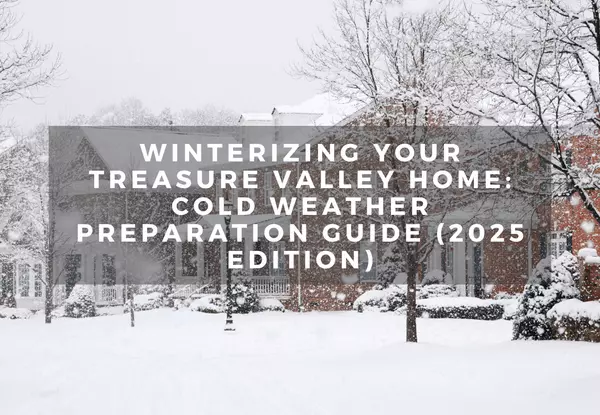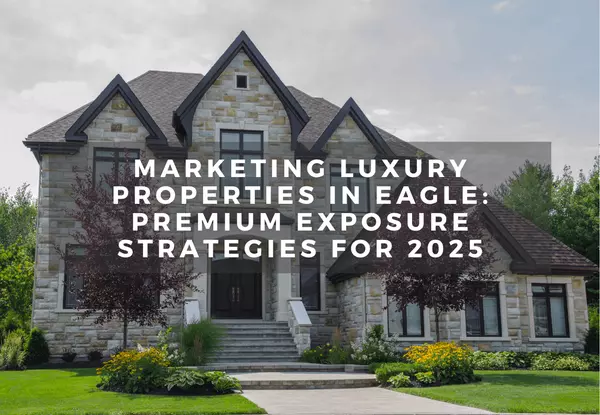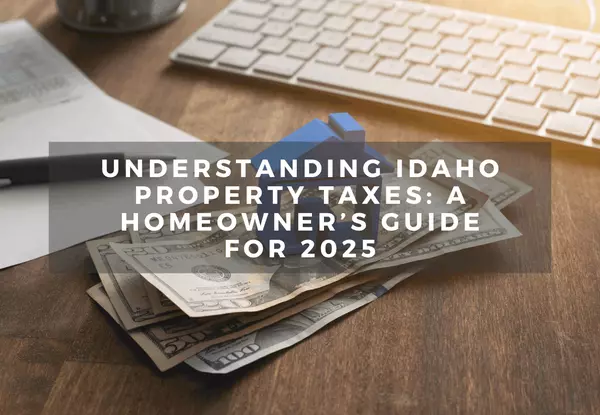From Dirt to Door: The Timeline of Building a Home in Idaho
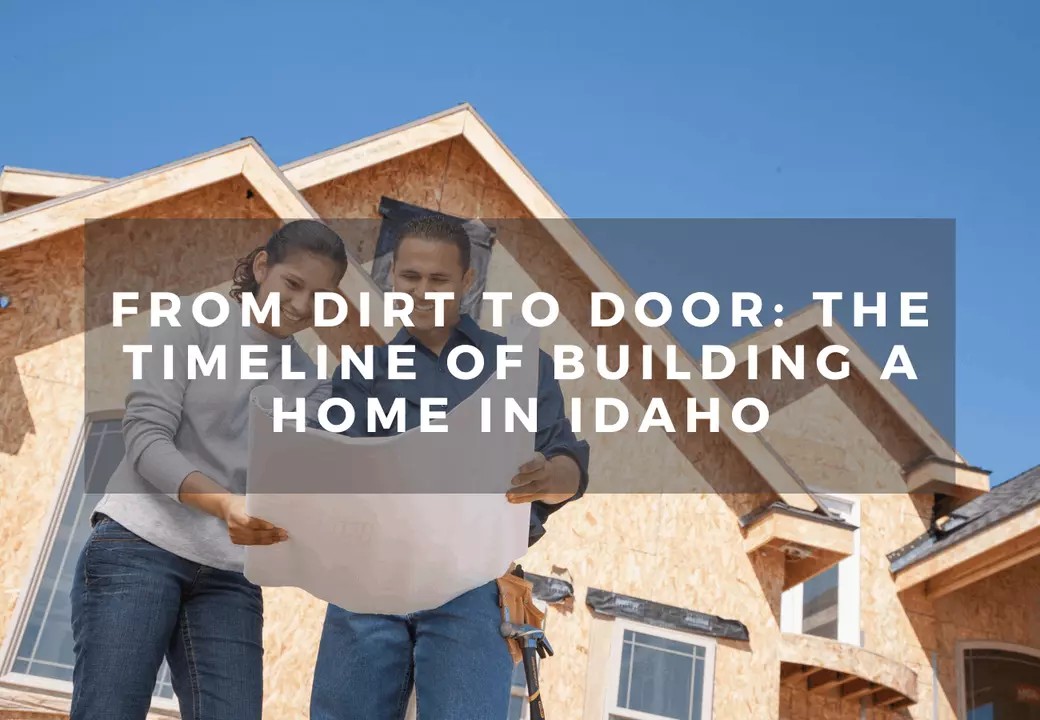
Thinking of building a new construction home in Idaho? Whether you're relocating to the Treasure Valley or upgrading your current living situation, there's something exciting about watching your home rise from the dirt—but there's also a process to it. In this guide, I’ll walk you through each phase of new construction, from lot selection to handing over the keys. With years of experience helping buyers through this process (especially those relocating from out of state), I’ll help you understand timelines, avoid surprises, and know what to expect at every step.
Why Build in Idaho?
Idaho continues to be one of the most attractive states for new construction. Here in the Treasure Valley, you're getting:
-
More square footage for the price
-
Access to excellent schools and safe neighborhoods
-
Proximity to outdoor recreation
-
Lower property taxes and no state-mandated impact fees in many jurisdictions
Whether you're drawn to South Meridian, Eagle, Star, Nampa, or Kuna, there are new communities offering diverse floor plans and builder incentives that can make this process worth your while.
How Long Does It Take to Build a Home in Idaho (2025)?
On average, the timeline for building a production home in the Treasure Valley ranges from 6 to 9 months. Custom homes may take 12 to 18 months or more, depending on complexity, permitting, and weather delays.
Let’s break it down:
Phase 1: Planning and Lot Selection (2–4 Weeks)
Choosing Your Community
Are you looking for walkability, schools, acreage, or golf course views? This decision narrows down your options and defines the lifestyle you’ll build around.
Popular communities include:
-
Legacy in Eagle (luxury)
-
Summit Ridge in Nampa (affordable golf course living)
-
Reflection Ridge in Meridian (family-friendly and walkable)
Picking a Builder
There are three main builder types:
-
Production Builders (CBH, Hayden Homes)
-
Semi-Custom Builders (Tresidio, Berkeley, Biltmore)
-
Custom Builders (Tradewinds, James Clyde, Syringa)
Make sure your builder is licensed, experienced, and transparent about costs, timelines, and change orders.
Design and Upgrades
This is where you choose your floor plan, elevation, and any upgrades or structural changes. In some cases, you’ll meet at a design studio; in others, you’ll work from a pre-set list of options.
Phase 2: Permits and Pre-Construction (3–6 Weeks)
Once your plan is finalized, the builder will:
-
Submit plans for city or county permits
-
Order materials
-
Finalize subcontractor schedules
In 2025, most Treasure Valley municipalities are working with a 3–5 week turnaround on residential building permits, though custom home permitting in Eagle or Boise foothills may take longer.
Phase 3: Site Prep and Foundation (1–2 Weeks)
Clearing and Grading
This includes leveling the lot, prepping the pad, and installing erosion control.
Pouring Foundation
Most homes in the Treasure Valley are built on crawlspace foundations, though some areas allow or require basements.
-
Concrete footings
-
Foundation walls
-
Under-slab plumbing
-
Crawlspace vapor barrier and insulation
Weather delays can add time to this phase, particularly in late fall or early spring.
Phase 4: Framing (2–3 Weeks)
Once the foundation cures, the home begins to take shape:
-
Wall studs and roof trusses go up
-
Windows and doors installed
-
Sheathing and house wrap applied
This is a great time for a video update if you're out of state. Many of my clients love seeing their home framed out, and I often walk the site to show them room-by-room progress.
Phase 5: Mechanical Rough-Ins (2–4 Weeks)
This phase includes:
-
Electrical wiring
-
Plumbing lines
-
HVAC ductwork and furnace placement
-
Low-voltage (cable, security, internet)
A local building inspector will review all rough-ins before drywall goes up.
Phase 6: Insulation and Drywall (2–3 Weeks)
Insulation (typically blown-in or batt) is installed in walls and attics for energy efficiency. Then comes:
-
Drywall hanging and taping
-
Texture application (skip trowel, knockdown, etc.)
This phase gives your home its "real feel" of space. Most delays here are due to humidity levels or labor availability.
Phase 7: Interior Finishes (4–6 Weeks)
This is where your selections come to life:
-
Cabinets and countertops
-
Flooring (LVP, carpet, tile)
-
Paint and trim work
-
Interior doors, plumbing fixtures, and lighting
At this point, I recommend visiting the site or requesting a walk-through video to make sure finishes are correct.
Phase 8: Final Steps (2–3 Weeks)
Landscaping and Exterior
-
Grading
-
Sod or xeriscaping
-
Irrigation
-
Driveway and walkway pours
Final Inspections + Certificate of Occupancy
City and lender inspections must pass before you can close. Expect:
-
Final electrical, plumbing, and HVAC inspections
-
Lender appraisal (if financing)
-
Blue-tape walkthrough with the builder
Final Walkthrough + Closing
At your final walkthrough, you'll:
-
Identify punch list items (touch-ups, paint, trim)
-
Learn about systems (HVAC, irrigation, smart features)
-
Sign off on completion
Then you’ll head to closing to:
-
Sign loan documents (or pay cash)
-
Receive your keys
Typical Timeline Recap (Production Build):
-
Planning + Lot Selection: 2–4 Weeks
-
Permits + Pre-Construction: 3–6 Weeks
-
Site Prep + Foundation: 1–2 Weeks
-
Framing: 2–3 Weeks
-
Rough-Ins: 2–4 Weeks
-
Drywall + Insulation: 2–3 Weeks
-
Interior Finishes: 4–6 Weeks
-
Final Steps + Landscaping: 2–3 Weeks Total: 22–30 weeks (6 to 8 months)
Curtis' Tips for a Smooth Build Process
1. Hire an Agent with Build Experience
Don’t go straight to the builder rep without representation. A seasoned agent (like me!) will:
-
Negotiate upgrades and timelines
-
Ensure inspections and contract terms are clear
-
Be your eyes and boots on the ground if you’re out of state
2. Don’t Over-Upgrade
Focus on items that are hard to change later (floorplan, structural, lot orientation). Cosmetic upgrades like backsplash or lighting can often be done after closing.
3. Watch for Hidden Costs
Be clear about:
-
Lot premiums
-
Landscaping packages
-
Window coverings and appliances (some builders exclude them)
4. Plan for Delays
Weather, labor shortages, and backordered materials still happen. Build your timeline with margin—especially if selling a current home or coordinating a relocation.
Final Thoughts: Is Building in Idaho Worth It?
If you want a home tailored to your needs, with modern energy efficiency and warranties, building in Idaho makes sense—especially with the right agent on your team.
You get to choose your layout, your view, your colors, and your finishes. And in communities across Nampa, Meridian, Star, and Eagle, new construction continues to offer strong value.
Let me know if you want help walking a lot, reviewing a builder contract, or scheduling a model home tour. Whether you’re building from the dirt up or just want to understand your options, I’m here to help.
📲 Call or text Curtis Chism at (208) 510-0427
📥 Ready to relocate remotely? Download our Boise Relocation Guide
Categories
Recent Posts

